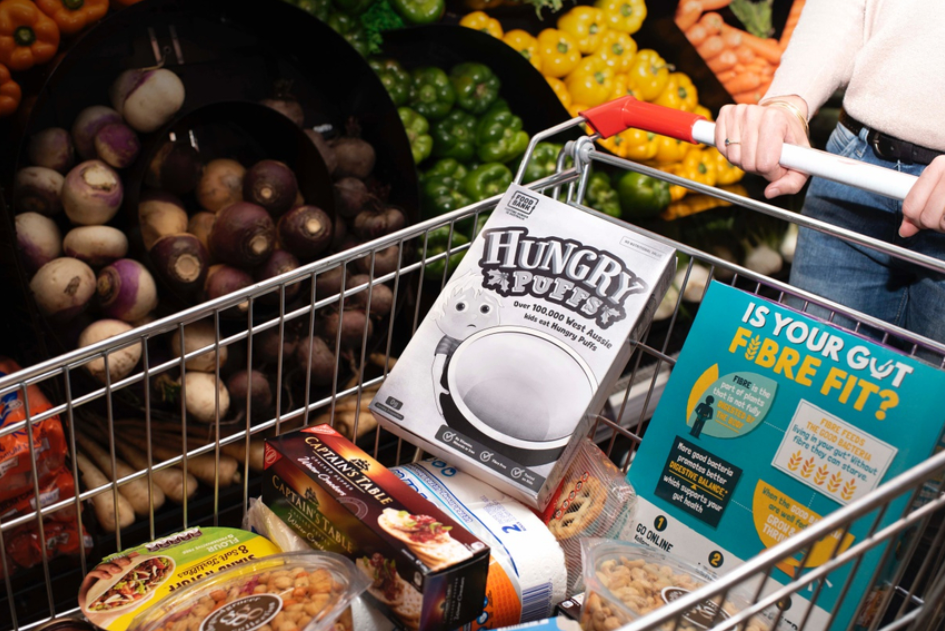Fjord Interactive’s Prue Jones explains how seasonal work can innovate to stay relevant, particularly in the post-COVID world.
In the era of inclusivity, brands, organisers, marketers, advertisers, service and experience designers have been increasingly working to cater to broader sections of the community. In the last few years, this has been particularly evident around occasional or seasonal activity.
One such example is Westfield’s Sensitive Santa. Introduced in almost every centre across Australia and New Zealand at the end of 2018, the initiative was mindfully crafted for children with specific needs (such as those on the autism spectrum) to make the ubiquitous experience of having a photo snapped with Santa less anxiety-inducing, more accessible and ultimately delightful for children and their caregivers.
Conducted outside of official store hours in empty centres, with lower lighting and no musak, the Sensitive Santa sessions put children in total control of their individual experience. Kids could lie on the floor with Santa for their photos or even stand at the other side of the space if that’s where they felt most comfortable. In the true spirit of inclusion, the initiative finally allowed them to be the subject of the same awkwardly-staged photos that grandparents of their neurotypical peers have treasured for decades.

As word spread, visits to Sensitive Santa in 2019 increased by a whopping 620%, proof that inclusivity is good for positive brand sentiment and therefore, revenue.
But in creating a ‘safe space’ for customers with unique emotional needs, Westfield was unwittingly providing a test case for what none of us could possibly predict was coming.
2020, the year of anxiety
Our 2020 Fjord Trends Report outlined how brands and organisations are beginning to shift focus from profit to purpose in the way they engage with us, in response to evolving societal norms.
Those norms have never shifted faster that they have in 2020. As in the case of Westfield, in this fearful post-COVID world, reducing all-pervasive customer anxiety is where brands should be focusing their energies right now if they want to maintain or increase interaction with existing or potential customers. In this new ‘never normal’, customer behaviours have undergone a marked shift driven by a trepidation that won’t be supressed with email spam.
Business as unusual
No one hears a message when it’s drowned out by the internal static of anxiety. Measures to combat the spread of the virus mean communications and experiences in general must be re-designed – for everyone – with a sense of emotional safety at their core.
The pandemic’s general brief to us is pretty simple and can be summed up as, ‘do everything as it was before, but without physical contact between humans’. This is particularly challenging around holidays and events such as Christmas, when the whole point is to bring people together and hand over objects to one another. Celebration must now be recalibrated with the right ratio of magic and safety.
Spirit vs. security
Looking forward to upcoming festivals and celebrations, here’s where technology is the sensible conduit. Going back to the Westfield experience, few centres will run their much anticipated ‘Santa’s Arrival’ events this year as crowd management will present obvious problems. Instead, Westfield will provide a no-touch augmented reality experience in-centre – incorporating activities and prizes for kids – with social distancing requirements baked in. This year, all Santa photography will be pre-booked online to ensure contact tracing lines can be established, with sessions timed to eliminate queuing. How closely this will come to replicating the IRL experience is yet to be determined.
Creativity in the time of COVID
Who knows how current events will shape or augment our celebrations of the future. In the meantime, food must be purchased, exercise must be taken, and our health attended to. Some of the places we either must go (the supermarket, the pharmacy, the waiting room) or should go (local streets and parks, for exercise) present new opportunities for brands to create new channels and reach people when they are receptive.
One of this year’s winners impressed all of the jury for its utter simplicity. Australian charity Foodbank Western Australia positioned Hungry Puffs – an empty box illustrated with a cartoon of a distressed child and a bare bowl – on the shelves of supermarkets nationwide, appealing to shoppers that no one should go hungry at Christmas. It was a clever way to highlight the plight of Australia’s underfed, a prescient example of how brands or causes can create unique channels to reach people en masse when reach and budget is limited.

Opportunities on wheels
If the home is safe space number one, the car has become a secondary refuge. Witness the advent of the ‘drive by birthday party’ and the resurgence of the drive-in. Religious observations and ceremonies can be safely re-imagined. The Genoa Baptist Church in Westerville, Ohio, urges you to ‘Come as you are, but stay in your car’. All of this presents new opportunities to connect or create new services or experiences.
In 2020, Hijra, Halloween, Diwali, Hannukah and Christmas celebrations are going to be interesting. And potentially mobile.
Where the true innovation opportunity lies
True innovation is driven by necessity. The real opportunity we have now goes beyond how our traditions can be re-imagined in the short term and extends to innovating a whole new way of life that is not merely human centred, but life-centred, one that acknowledges our reliance on the natural world, and on the importance of our relationships with each other.
This is where true innovation will be something to celebrate.
An abridged version of this article appears in WARC’s 2020 Innovation Report.

